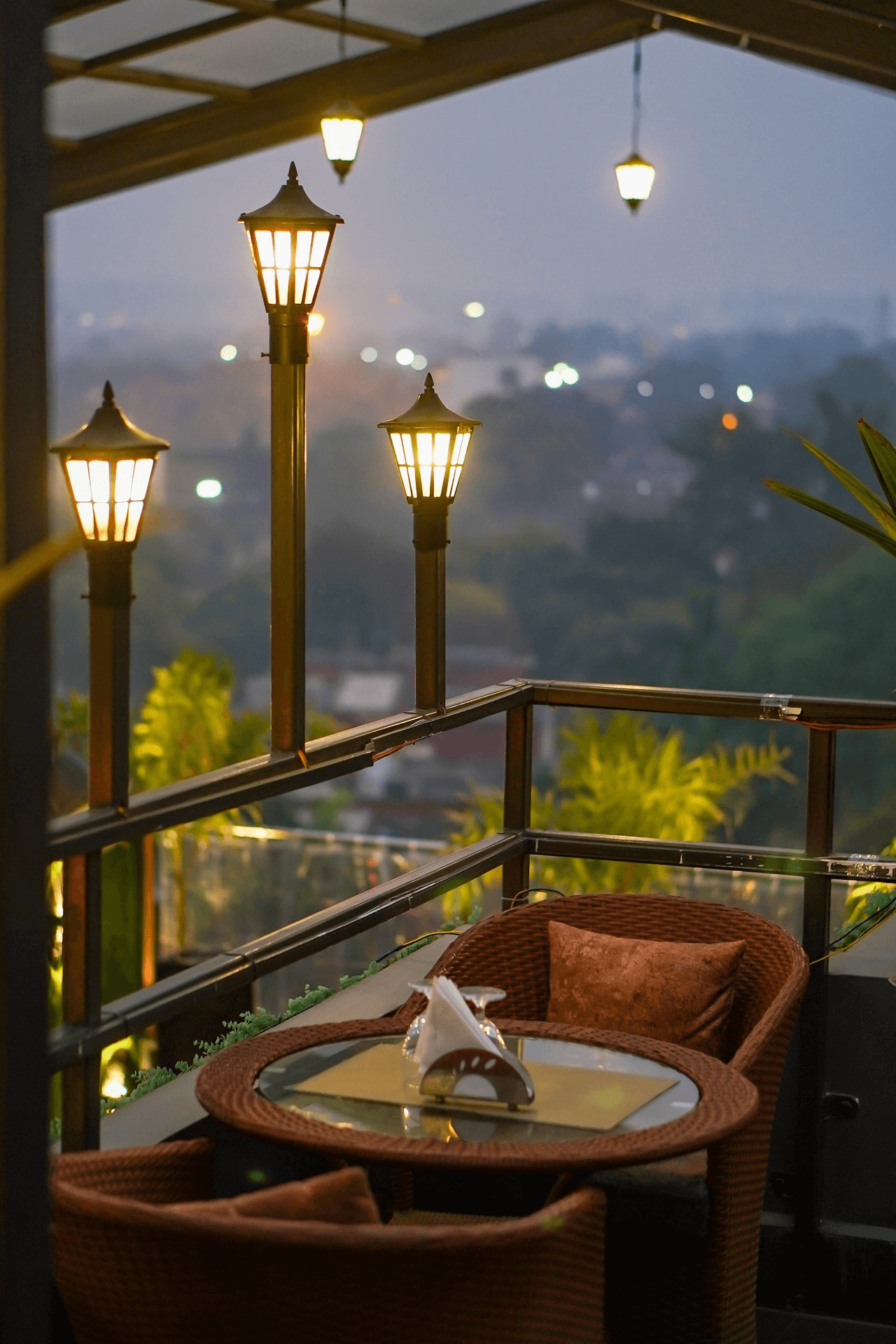
Turning Heights Into Hospitality Havens
Hotel Rooftop Design
In the world of modern hospitality, the rooftop is no longer just a space above a hotel—it’s a canvas for creativity, luxury, and unforgettable guest experiences. A well-designed hotel rooftop can be a game-changer, offering stunning views, vibrant social spaces, and an edge over the competition. Whether you’re an architect, hotelier, or traveler dreaming of sky-high indulgence, here’s what makes rooftop design a standout feature in today’s hospitality landscape.

The Rise of Rooftop Culture
In urban hotels, especially, space is limited, and rooftops provide a valuable opportunity to expand amenities vertically. From New York to Bangkok, rooftops are transforming into lounges, gardens, pools, and dining experiences that attract both guests and locals alike. They’re no longer an afterthought; they’re a destination.
Key Elements of Hotel Rooftop Design
1. View Optimization
The view is often the biggest asset. Designers focus on maximizing sightlines—whether it’s a city skyline, ocean horizon, or mountain range. Glass railings, tiered seating, and strategically placed furniture all help to make the view the main event.
2. Multifunctional Spaces
A great rooftop adapts to various uses. It might host sunrise yoga in the morning, casual lunches by day, and cocktails under the stars at night. Flexible furniture, retractable roofs, and lighting that transitions from day to evening help create a space that works around the clock.
3. Comfort Meets Aesthetic
Design must blend comfort and style. Weather-resistant furnishings, shaded seating, greenery for cooling, and ambient lighting all contribute to an inviting atmosphere. Even in warmer climates, thoughtful design can help regulate temperature and offer shelter from the elements.
4. F&B Integration
Food and beverage options are essential. Rooftop bars and restaurants often become hot spots in their cities. A well-designed rooftop kitchen and bar setup, paired with a signature menu and mixology, elevates the experience for guests and generates additional revenue.
5. Sustainability
Green roofs, solar panels, and eco-friendly materials are becoming more popular as sustainability becomes a priority in hospitality design. Adding vegetation not only improves insulation but can create a serene environment that supports local biodiversity.
Rooftop Pools & Infinity Edges
One of the most iconic rooftop features is the pool. Infinity-edge pools overlooking the city or sea offer a luxurious and Instagram-worthy experience. The key is to design with safety, comfort, and aesthetic impact in mind—balancing beauty with function.
Rooftop Design Trends in 2025
-
Biophilic Design: Bringing nature into the city with lush plant walls, herb gardens, and water features.
-
Smart Lighting & Tech: Rooftops with integrated sound systems, lighting control, and Wi-Fi hubs.
-
Pop-Up Concepts: Seasonal rooftop pop-ups like themed bars, art installations, or event spaces.
Final Thoughts
A hotel rooftop is more than just a space—it’s an opportunity to create moments that guests will remember. Whether it’s sipping wine under the stars, lounging by the pool with skyline views, or attending an exclusive rooftop event, the right design can elevate the guest experience to new heights—literally.
For hoteliers looking to make a statement, investing in rooftop design isn’t just about aesthetics—it’s about adding real value, both experientially and economically.